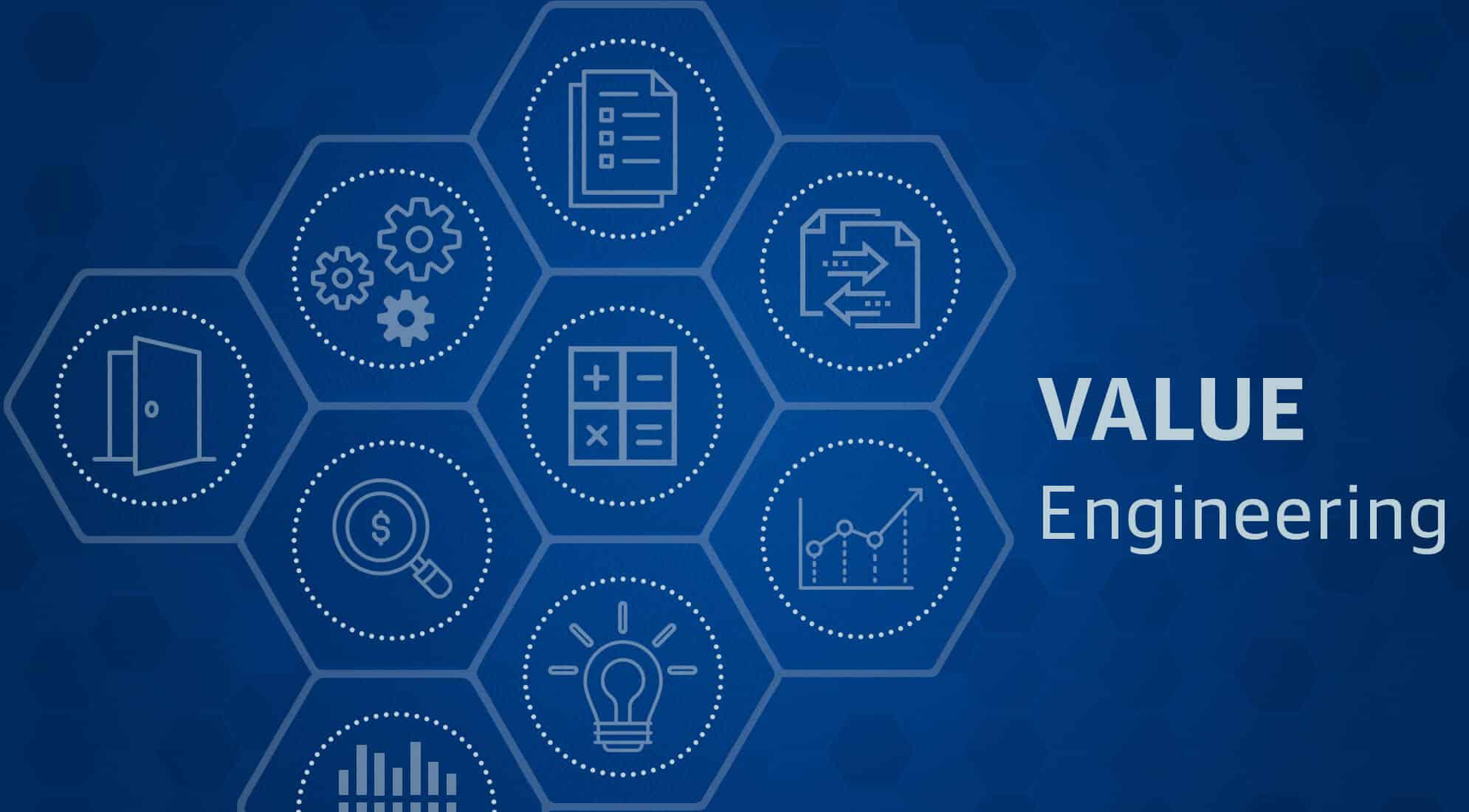Value Engineering | Better Completion of Projects
Value engineering (VE) is a time-honored and increasingly popular method used to identify and mitigate cost factors related to projects within the civil engineering field. It is a systematic and detailed approach to evaluating all aspects of a project in order to minimize costs without compromising quality and safety. This article offers civil engineers an overview of the value engineering process, focusing on its fundamental principles, the techniques used, and strategies to maximize the benefit of value engineering for any project.
The first step in any value engineering analysis is to create a value baseline against which all potential cost savings will be measured. This baseline should include a list of all project requirements, both essential and desirable, as well as an estimate of the cost of meeting each requirement. Once the baseline is established, the value engineer will begin to identify areas where cost savings can be achieved without compromising the quality or safety of the project.
There are a number of different techniques that can be used in the value engineering process, but some of the most effective are:
- Function analysis:
This technique involves breaking down the project requirements into a series of smaller functions and then critically evaluating each function to identify opportunities for cost savings.
- Value analysis:
This technique focuses on the relationship between quality and cost, identifying ways to improve quality while minimizing costs.
- Cost analysis:
This technique involves a detailed evaluation of all project costs, both direct and indirect, in order to identify opportunities for savings.
- Life cycle costing:
This technique takes into account the long-term costs of a project, beyond the initial investment, in order to identify ways to reduce long-term costs.
Once potential areas for cost savings have been identified,
It is important to develop strategies to ensure that those savings are realized. This can be done through a number of different methods, including:
- Bundling:
This involves grouping project requirements together in order to achieve economies of scale and reduced costs.
- Competition:
This approach pits different contractors or suppliers against each other in order to get the best possible price for project requirements.
- Value engineering change proposals:
These are formal proposals that detail how cost savings can be achieved without compromising the quality or safety of the project.
The value engineering process is an important tool for civil engineers to reduce project costs without compromising quality or safety. By understanding the principles of value engineering and using the techniques and strategies detailed in this article, civil engineers can ensure that their projects are delivered on time and on budget.




